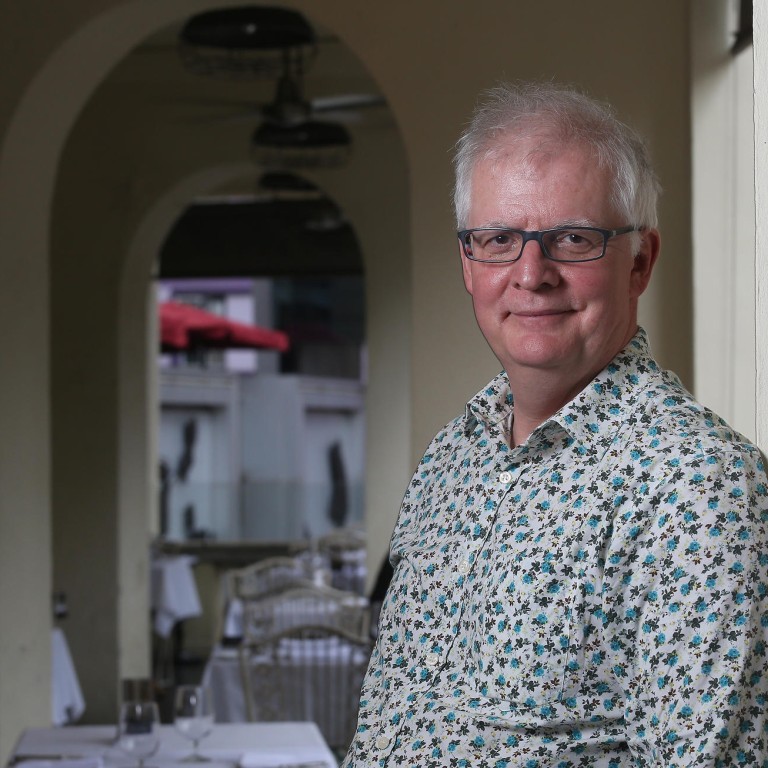
Architect Ken Shuttleworth was born to design beautiful buildings
Ken Shuttleworth's architecture shows how style can be designed into buildings that minimise impact on the environment
If a Mr Keith Doney had had his way, the architectural world would have missed out on one of its most talented names. Although Ken Shuttleworth, 61, wanted to be an architect from an early age, his careers adviser, the aforementioned Doney, told him he did not have the right academic background and tried to put him off. Fortunately, Shuttleworth persisted.
"I just knew I wanted to be an architect," he says. "Even as young as five, I was always making things, drawing and playing with Meccano, and I was very influenced by design going on around me. I grew up in Birmingham in the 1950s and '60s. The city had been heavily bombed in World War II and a lot of new concrete buildings were being built, which, as a kid, I thought were fantastic. Also, my dad bought a Mini in 1959 - one of the first off the production line. It was a real revolution in car design - people used to stop in the street to look when it drove by - and it showed me the power of design."
Shuttleworth studied at the City of Leicester School of Architecture, where he was nicknamed "Ken the Pen" because of his speed and talent for sketching. (Although he believes that the biggest impact on his profession has been computer usage, he says he still thinks through drawing and explores through sketching - albeit sometimes on the iPad.) After graduating, he went to London, where he met Norman Foster and worked on some of the world's most famous buildings, including the HSBC building in Central and Chek Lap Kok airport.
"Both buildings have stood the test of time," says Shuttleworth. "Chek Lap Kok looks the same as the day we left it! The bank, which is now 30 years old, is still a very strong building but it has been dwarfed by the height of other buildings around it. Back then, we had a height restriction of 180 metres because of Kai Tak airport.
"Working with Norman was great - we did some fantastic projects all over the world. I had 30 years with him. I'd spent more time with Norman than I had with my mum and dad."

The practice's most recent projects in China include the residential development Dunbar Place in Ho Man Tin, which is Make's first building in Hong Kong; the façade for the Wanda Reign Hotel in Wuhan; and the soon-to-be-completed Temple House in Chengdu, which integrates a restored Qing dynasty courtyard building into its design.

"[Dunbar Place] encapsulates the idea of pulling out all those drawers and unlocking those puzzles."
Targeting a BEAM Plus Platinum rating, the highest sustainability achievable in Hong Kong, Make's design for Dunbar Place minimises environmental impact with its use of recyclable aluminium building materials while the solid-to-glass ratio reduces energy consumption and the building's carbon footprint.
"The biggest trend in architecture has to be to reduce carbon dioxide, save energy and find sustainable materials that have been responsibly sourced," says Shuttleworth. "Seventy per cent of carbon dioxide comes out of buildings so we have a massive responsibility as architects. So much more could be done in Hong Kong. People will eventually catch on here but there needs to be a big change."

The 902 hexagonal modules, each of which is a hotel room, create the effect of windows as "eyes" looking out over the city but they are all composed of highly reflective aluminium and angled to protect the rooms from solar gain.
"We try to make sure each project works with its location. The buildings aren't something we've designed elsewhere and put on to an unsuspecting site," says Shuttleworth. "We design them with the area, the people and the site in mind so they are locked into their location.
"I love working in China and we have a lot of creative freedom. The main challenge of working on the mainland is keeping up with the speed. In Europe, it's about keeping the momentum going on a project; in China, it's trying to get the drawings done fast enough."
